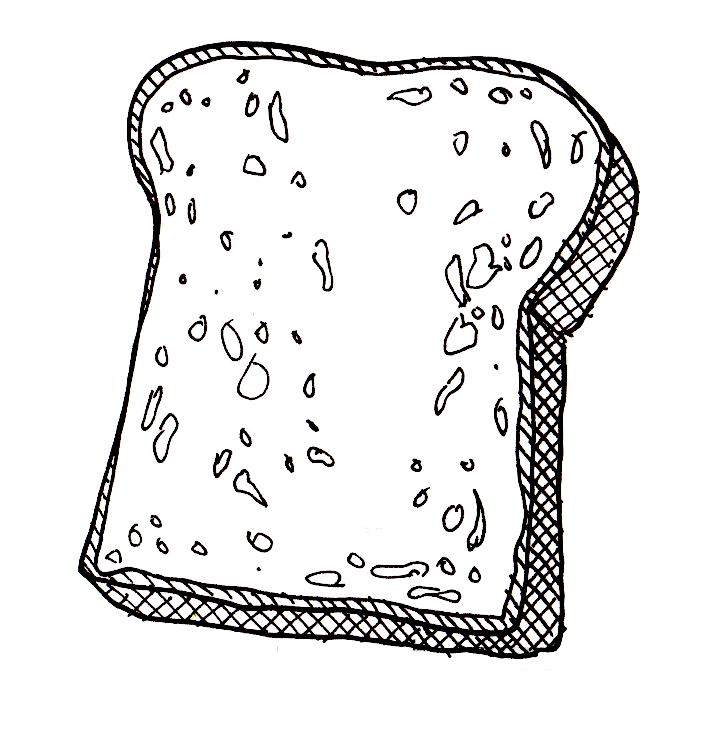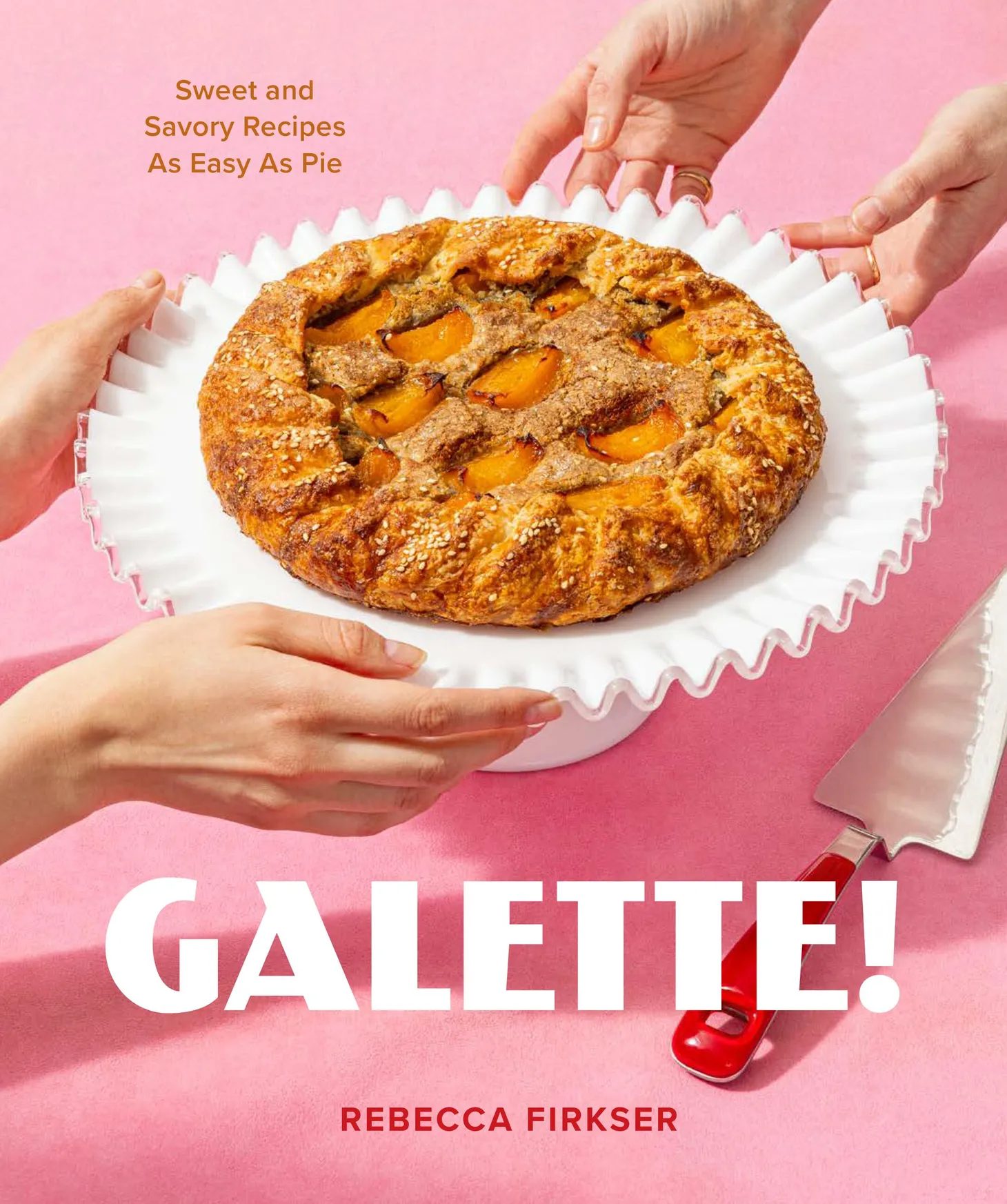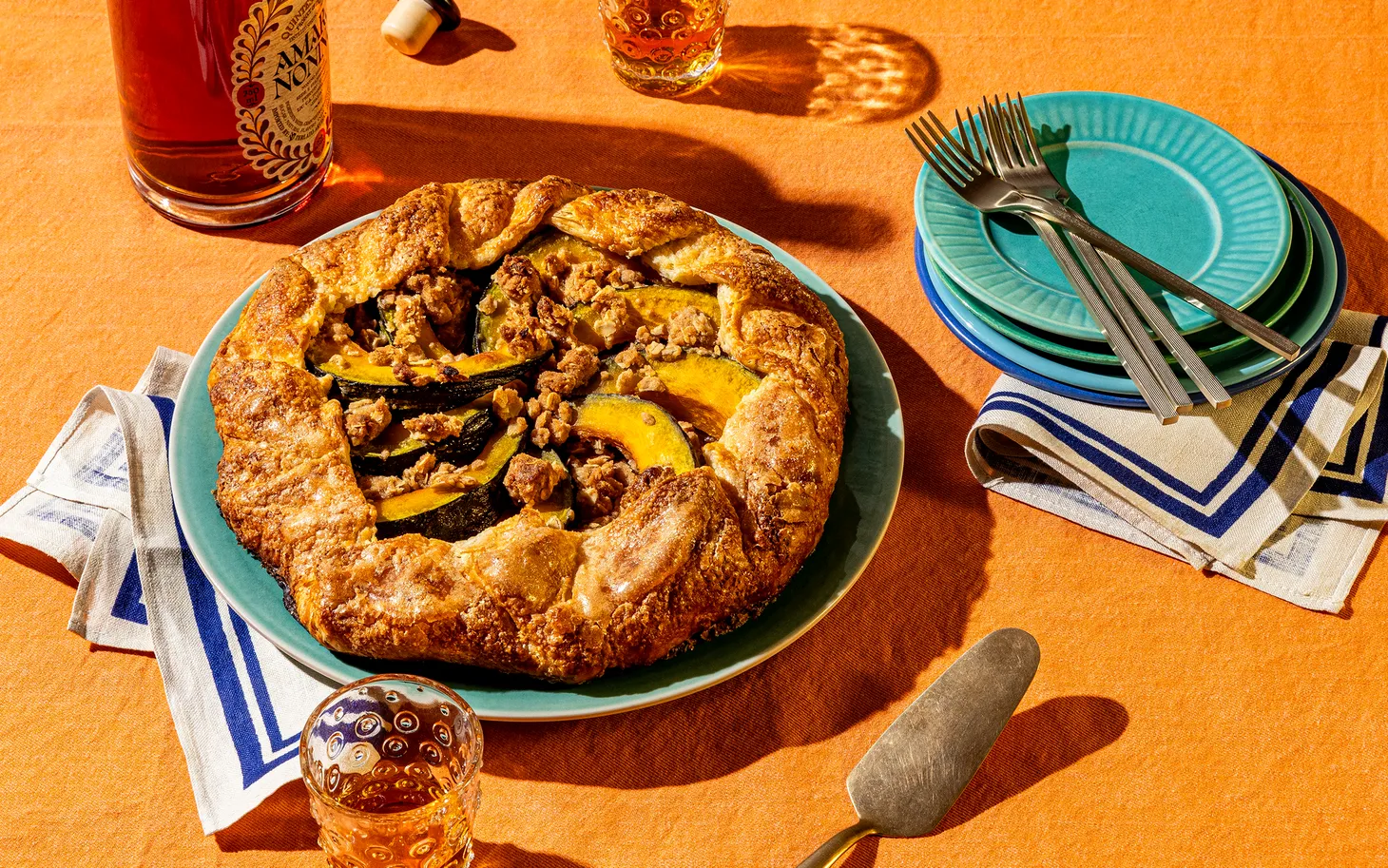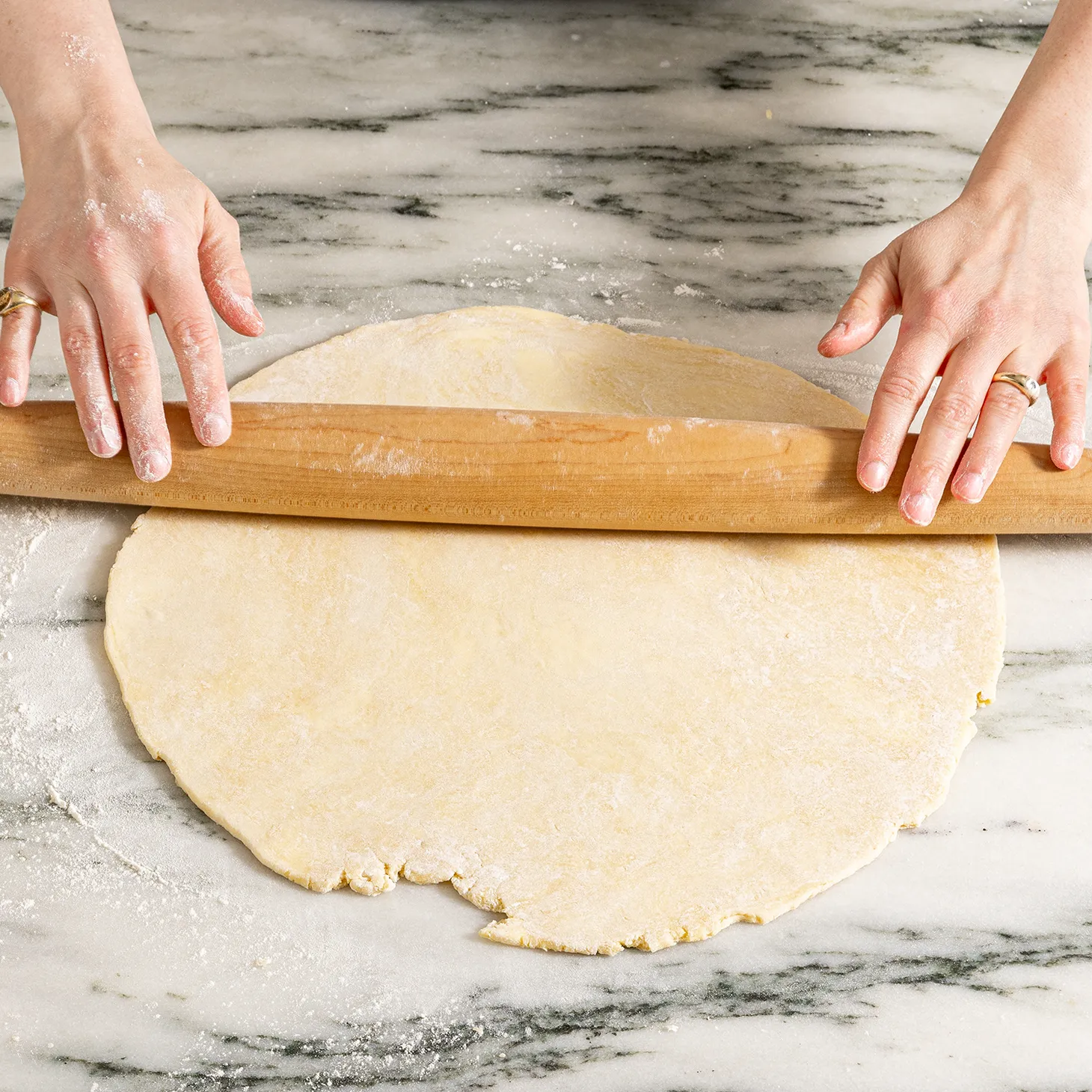Recipe: Orange Gugelhupf with Cranberries
from Irina Georgescu's 'Tava'
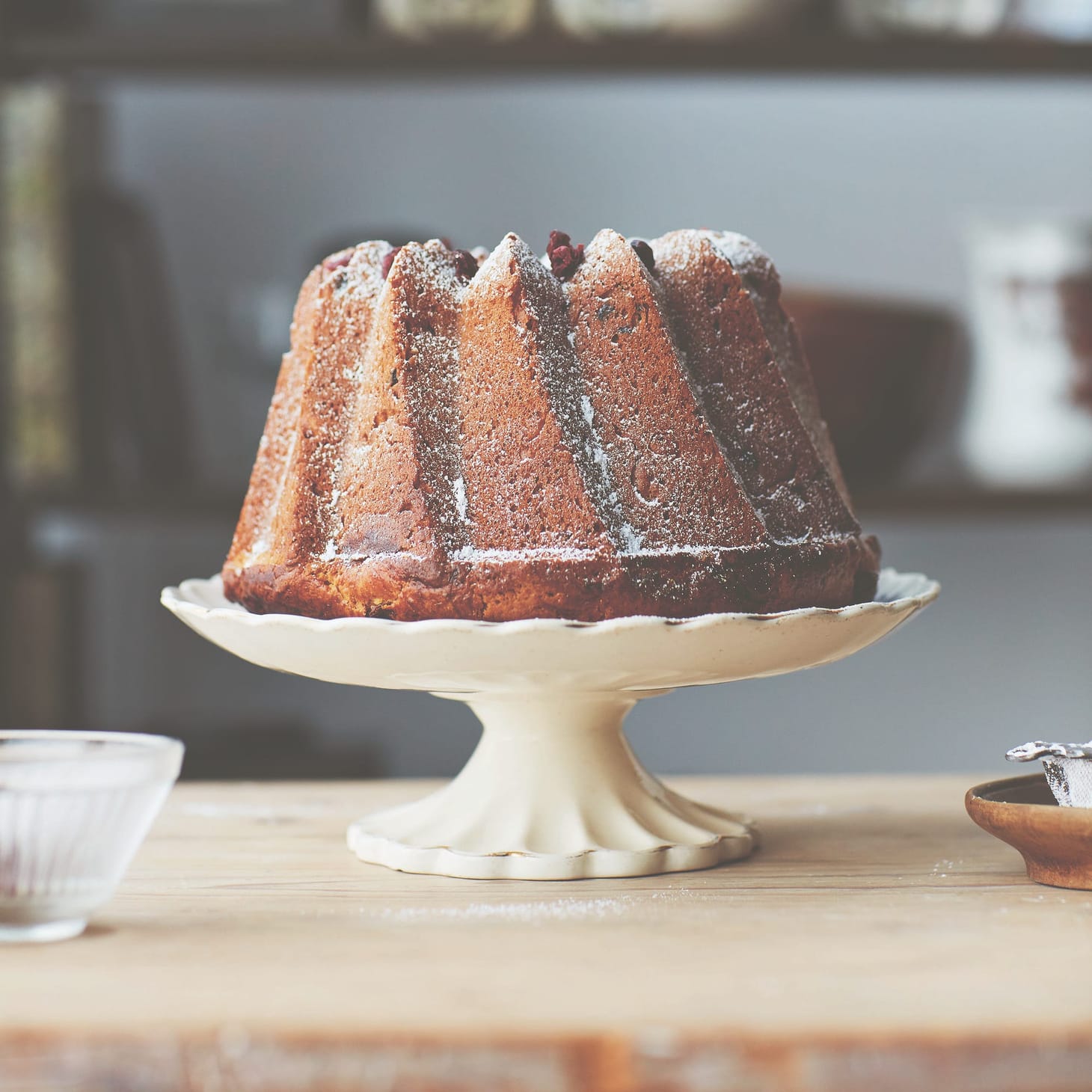
Table of Contents
Orange Gugelhupf With Cranberries

Tava Gugelhopf284KB ∙ PDF fileDownloadDownload
SERVES 12
This is a recipe from Banat, western Romania, specific to the areas populated by German communities. It uses yeast, as would have been the case in traditional recipes, and has the feel and texture of an enriched bread rather than a soft cake. Although raisins are considered to be the only authentic filling, I think that many other dried fruits work just as well. I have become rather fond of the tanginess of cranberries, especially since the berries also grow in the Carpathian mountains.
INGREDIENTS:
175 g (6 oz) unsalted butter, softened, plus extra for greasing
1 tablespoon fine semolina or plain (all-purpose) flour, for dusting the tin
80 g (3 oz / scant ½ cup) caster (superfine) sugar
4 medium eggs
350 g (12 oz / 2 ¾ cup) plain (all-purpose) flour, plus 1 tablespoon for dusting the fruit
10 g (1½ sachets) fast-action dried yeast
zest of 2 oranges, plus 4 tablespoons of their juice
200 g (7 oz / generous 1 ½ cups) dried cranberries
50 g (2 oz / scant ½ cup) golden raisins (sultanas)
For the glaze:
1 egg yolk mixed with 1 tablespoon water
PREPARATION:
- Grease and sprinkle the inside of a Bundt tin (pan) or tall cake tin, 22 cm (9 in) in diameter, with semolina or flour.
- In a mixing bowl or stand mixer fitted with the paddle attachment, cream the butter with the sugar, then add the eggs one at a time, alternating with 1 tablespoon of the flour after each addition (don’t worry if the mixture looks split). Mix in the remaining flour, yeast, orange zest and juice, scraping down the sides of the bowl a few times. Beat the mixture for 5 minutes on medium speed.
- Toss the dried fruit in 1 tablespoon of flour, then add to the dough, ensuring the fruit is evenly distributed. Scrape the dough into the prepared tin and spread and level it with the back of a spoon. Cover with clingfilm (plastic wrap) and leave to rise in a warm place for 2 hours until doubled in size.
- Preheat the oven to 190˚C (non-fan)/375˚F/gas 5.
- Brush the top of the gugelhupf with the egg glaze and bake on the lower shelf of the oven for 10 minutes, then reduce the heat to 170˚C (non-fan)/340˚F/gas 3 and bake for a further 25–30 minutes. Insert a skewer into the middle of the cake; if it comes out clean, the cake is ready.
- Allow to cool in the tin for 30 minutes, then remove and transfer to a wire cooling rack to cool completely. It’s delicious eaten on the same day, but keeps well for up to 3 days.
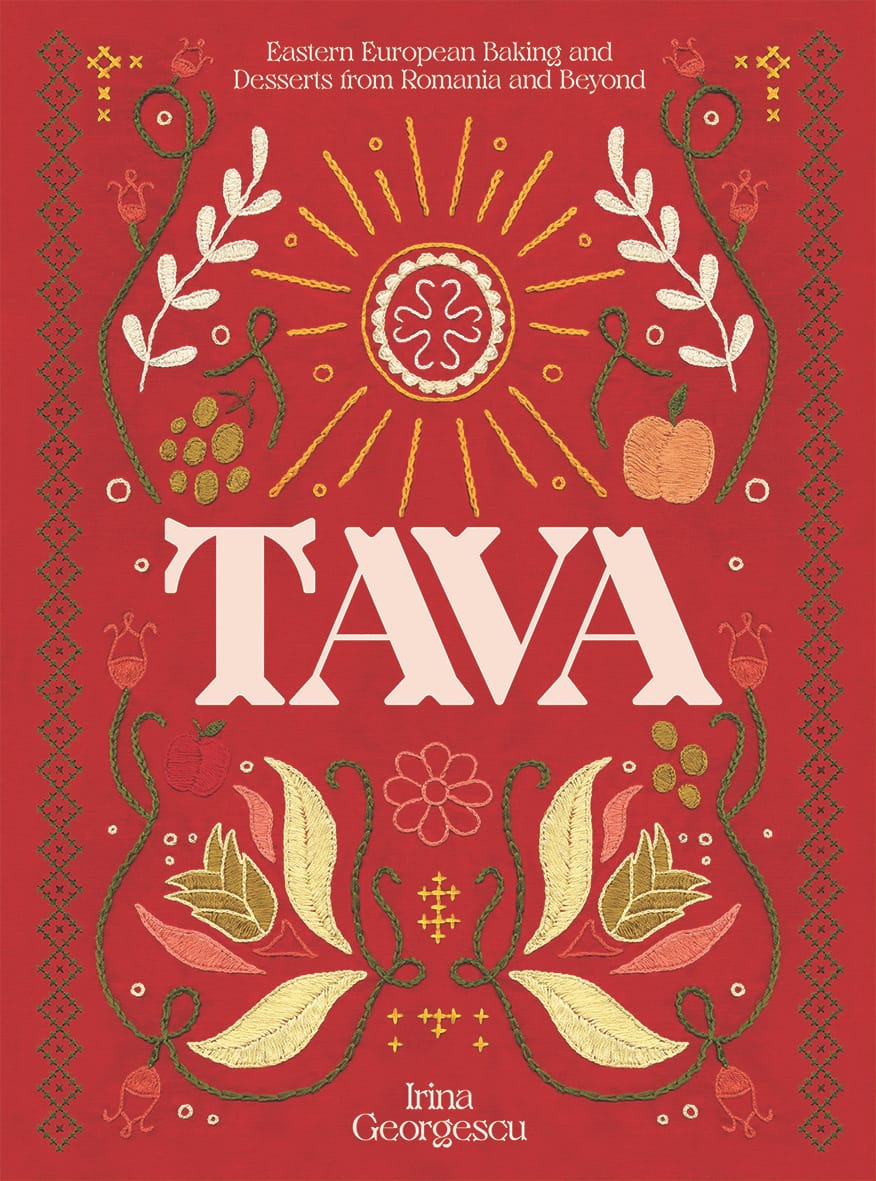
Excerpted with permission from Tava by Irina Georgescu, published by Hardie Grant London, November 2022, RRP $42.00 Hardcover.
wordloaf Newsletter
Join the newsletter to receive the latest updates in your inbox.
